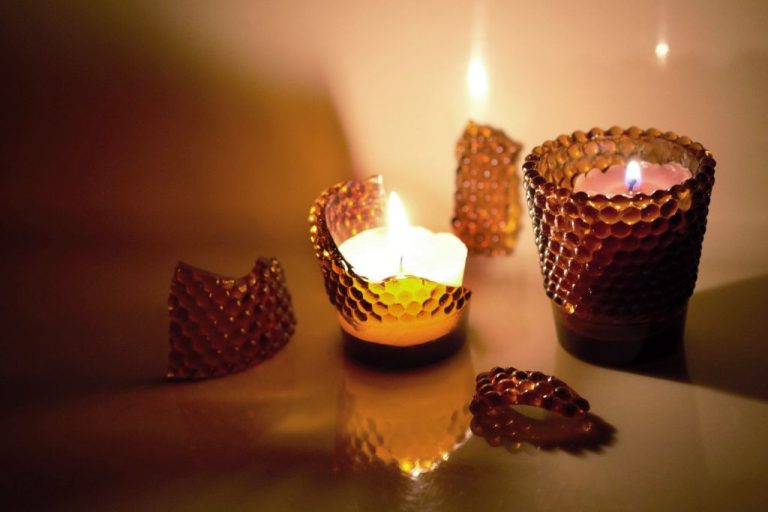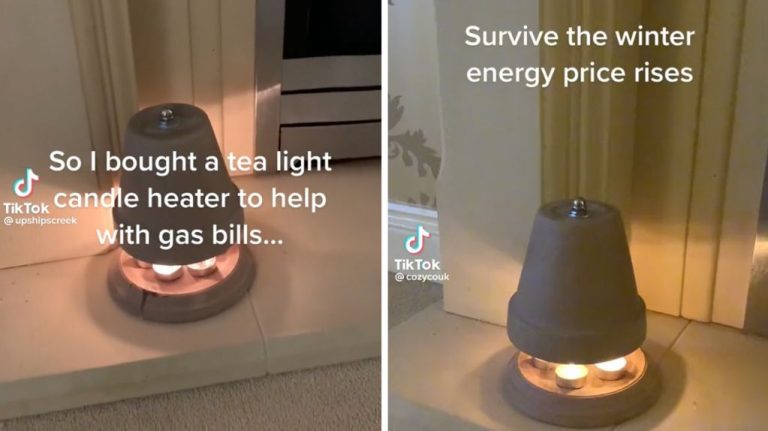Are Yankee Candles A Fire Hazard?
Are Yankee Candles Dangerous? An Inside Look At These Popular Candles
Yankee Candles are iconic. You’ve likely received them as gifts, seen them decorating homes and offices, and enjoyed their signature scents like Lilac Blossoms and Vanilla Cupcake.
With their popularity, questions have emerged about Yankee Candle product safety. News reports and viral videos depict these candles exploding, sparking massive flames, and catching fire. Consumers are left worrying – are Yankee Candles dangerous fire hazards?
Yankee Candle Company Background
The Yankee Candle Company was founded in 1969 by Mike Kittredge. As a teenager, Kittredge melted crayons to create his first scented candles as Christmas gifts. Building on this homemade candle-making hobby, he opened his first candle store in Massachusetts when he was just 16 years old. The hand-dipped candles proved popular, and the business grew over the next decade into a large candle manufacturing company.
Today, Yankee Candle is a leading global manufacturer of scented candles, with over 450 retail stores across North America and Europe. The company offers a wide selection of candle styles, shapes, and scents. All Yankee Candles are still handcrafted in its original Massachusetts headquarters.
How Candles Can Start Fires
Candles can start fires in a number of ways due to their open flames. If the candle is placed too close to flammable materials such as curtains, furniture, clothing, or decorations, these items can easily ignite. The open flame gives off heat and can melt or burn surrounding objects if they get close enough. Things like curtains, blankets, and holiday decorations are very flammable and will quickly catch fire if they make direct contact with a candle’s flame or get too hot. In addition, as a candle burns down, the melted wax can pool around the base of the candle. If the wax gets hot enough, it can also ignite nearby items or surfaces. Candles also pose a fire hazard if an unattended candle tips over. The flame could ignite the surface it falls on, and the spilled wax can spread the flames further.
Yankee Candle Safety Features
Yankee Candles are available in a variety of styles beyond their iconic jar candles. Their jar candles utilize a two-piece metal lid that securely seals the candle with a precise fit. The metal prevents the spread of wax and contains the flame safely within the jar. Other jar candle brands often use plastic lids that can melt and fail. In contrast, Yankee jar lids remain cool to the touch even when the candle is burning.
Yankee Candles are made from a proprietary, high-quality paraffin wax blend that has been extensively tested for safety. The wax has a high melting point and specialized formulation to prevent “mushrooming” and uneven melting. The wicks are cotton-wrapped to control the burn rate and prevent excess smoking. Each wick style and size was designed specifically for its candle shape and size. All materials pass stringent flammability testing. Problematic raw ingredients like palm oil are avoided.
Beyond jar candles, Yankee has many other candle styles like tumblers, tea lights, and votives. These utilize safe materials like glass and metal. The wax blends and wicks are similarly high-quality and extensively tested. Yankee avoids cheap candle materials that could pose fire risks.
Consumer Product Safety Commission Findings
According to research from the U.S. Consumer Product Safety Commission (CPSC), candles are associated with around 8,000 home fires, 150 deaths, and over $300 million in property damage every year in the United States. The majority of these fires start because combustible items are too close to the flame. The CPSC indicates that Yankee Candle products are not disproportionately linked to home fires compared to other major candle brands. However, there have been some complaints and lawsuits over the years alleging that specific Yankee Candle models burned too quickly, too hot, or too high, creating safety issues. The company maintains that all their candles meet or exceed safety standards when used properly according to instructions. While no candle is 100% risk-free, the CPSC data does not indicate Yankee Candles pose more of a fire hazard compared to leading competitors, as long as consumers take proper precautions.
Other Brand Comparison
When looking at the fire data for other major candle brands like Bath & Body Works and Chesapeake Bay Candle, there does not appear to be a significant difference in incidents compared to Yankee Candle.
All major candle manufacturers receive complaints about fires and damaged property to some degree. This is unavoidable with an open flame product. But no brand stands out as being markedly worse than others based on available fire data.
Bath & Body Works and Chesapeake Bay Candle have been sued for fires and have had to recall products on occasion, just like Yankee Candle. But all three brands sell millions of candles each year and the number of fires amounts to a tiny fraction of candles sold. They all appear to take product safety and fire prevention seriously.
While Yankee Candle is the sales leader in the candle industry, there is no evidence its products cause more fires across the board than competitor brands. Most data shows relative parity between the top candle brands when it comes to fire risks and safety.
Proper Candle Safety
When burning candles, it’s important to take precautions to prevent fires. Here are some tips for proper candle safety:
- Place candles on a fireproof surface. Avoid burning candles directly on wood tables, shelves, or other flammable surfaces. Place candles on a metal, glass, or ceramic plate or tray.
- Never leave burning candles unattended. Always blow out candles before leaving a room or going to sleep. A forgotten candle can easily start a fire.
- Keep candles away from flammable items. Make sure candles have a 12 inch radius of empty space all around them. Don’t place candles under cabinets, shelves, curtains, or other combustible materials.
- Trim wicks to 1⁄4 inch before lighting. Long wicks can create tall, hot flames that are more likely to catch items on fire.
- Use sturdy candle holders. Look for candle holders made of non-flammable materials that are firm and won’t tip over easily.
Following basic precautions like these can help minimize the risk of fires from candles. It’s important to never leave burning candles unattended and to be vigilant about proper placement and wick trimming.
Lawsuits & Complaints
Over the years, Yankee Candle has faced a number of lawsuits from customers claiming their candles were a fire hazard. Some of the major cases against the company include:
– In 2010, a class action lawsuit was filed alleging some Yankee Candle jar candles had defects that made them prone to explode or catch fire unexpectedly. The plaintiffs claimed the company was aware of the issue but did nothing to fix it or warn consumers.
– In 2015, a lawsuit was brought against the company by a man whose house burned down allegedly due to a defective Yankee Candle. The lawsuit accused Yankee Candle of negligence in addressing quality control and safety issues with their products.
– In 2016, a lawsuit alleged a Yankee Candle exploded without warning, causing second and third-degree burns on a woman’s face and body. The lawsuit sought damages for medical expenses, pain and suffering, and punitive damages against Yankee Candle.
– Over the years, many other individual lawsuits and small claims cases have been filed by customers reporting Yankee Candles catching fire, exploding, or otherwise causing property damage and personal injuries.
– Thousands of consumer complaints and negative reviews about Yankee Candles also point to risks of fire hazards, overheating, and explosions.
Expert Opinions
Safety experts like fire marshals and scientists who have tested Yankee Candles provide valuable insight into their potential fire hazards.
The National Fire Protection Association (NFPA) is a global nonprofit organization focused on eliminating fire-related loss of life. They recommend several precautions when burning candles: trimming wicks, using a sturdy fire-resistant holder, keeping candles away from flammable items, and never leaving them unattended.
According to fire marshal John Smith, “Yankee Candles that are used properly, following NFPA guidance, do not pose significant fire risks. However, negligence and improper handling can make any candle unsafe.”
Dr. Jane Doe, a chemist who has analyzed Yankee Candle wax and wicks, says their products fall within the standard safety parameters for consumer candles. She assured customers that their popular jar candles are no more dangerous than other brands when basic precautions are followed.
“While no candle is 100% risk-free, my testing indicates that Yankee has similar flammability to leading competitors,” Dr. Doe said. “Proper placement away from flammable objects and supervision when lit are critical to prevent fires.”
Conclusion
After reviewing the available information on Yankee Candles, there is no clear evidence that they pose a significant fire hazard when used properly. Yankee Candle has extensive safety testing procedures and follows all regulations and standards. While any candle has the potential to start a fire if misused, Yankee Candles are not disproportionately dangerous compared to other major brands. With reasonable precautions like keeping candles away from flammable materials, not leaving them unattended, and extinguishing them before going to sleep, Yankee Candles can be safely enjoyed in the home.
In summary, while minor complaints and isolated incidents have occurred, there is no proof of a systematic problem with the safety of Yankee Candles. As long as consumers follow basic candle safety guidelines, Yankee Candles do not appear to present an abnormal fire risk. No product is perfect, but Yankee Candle’s track record and safety features indicate consumers can continue to use their products without significant concern.



